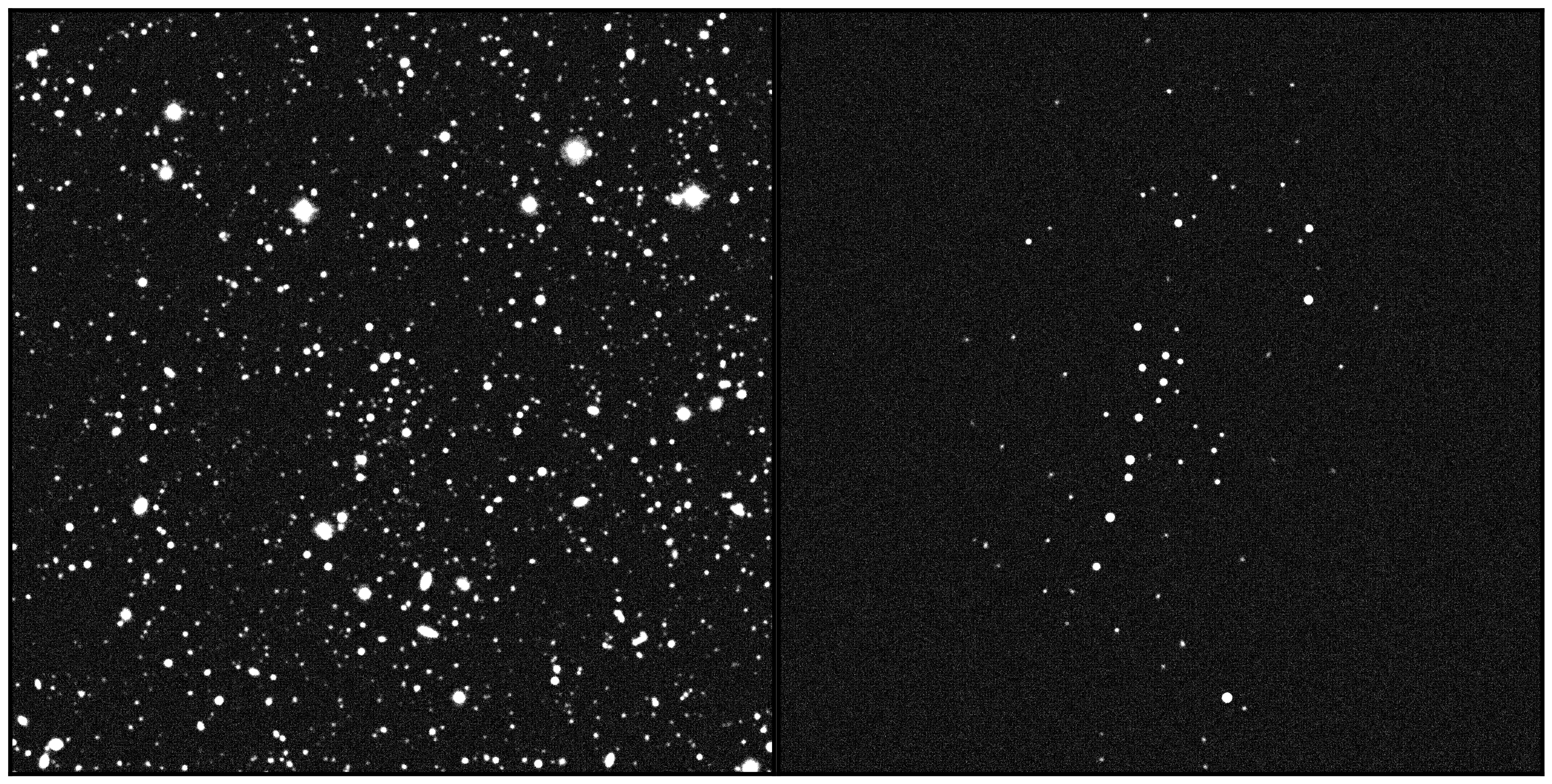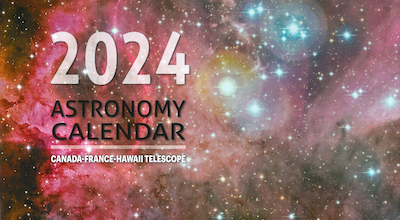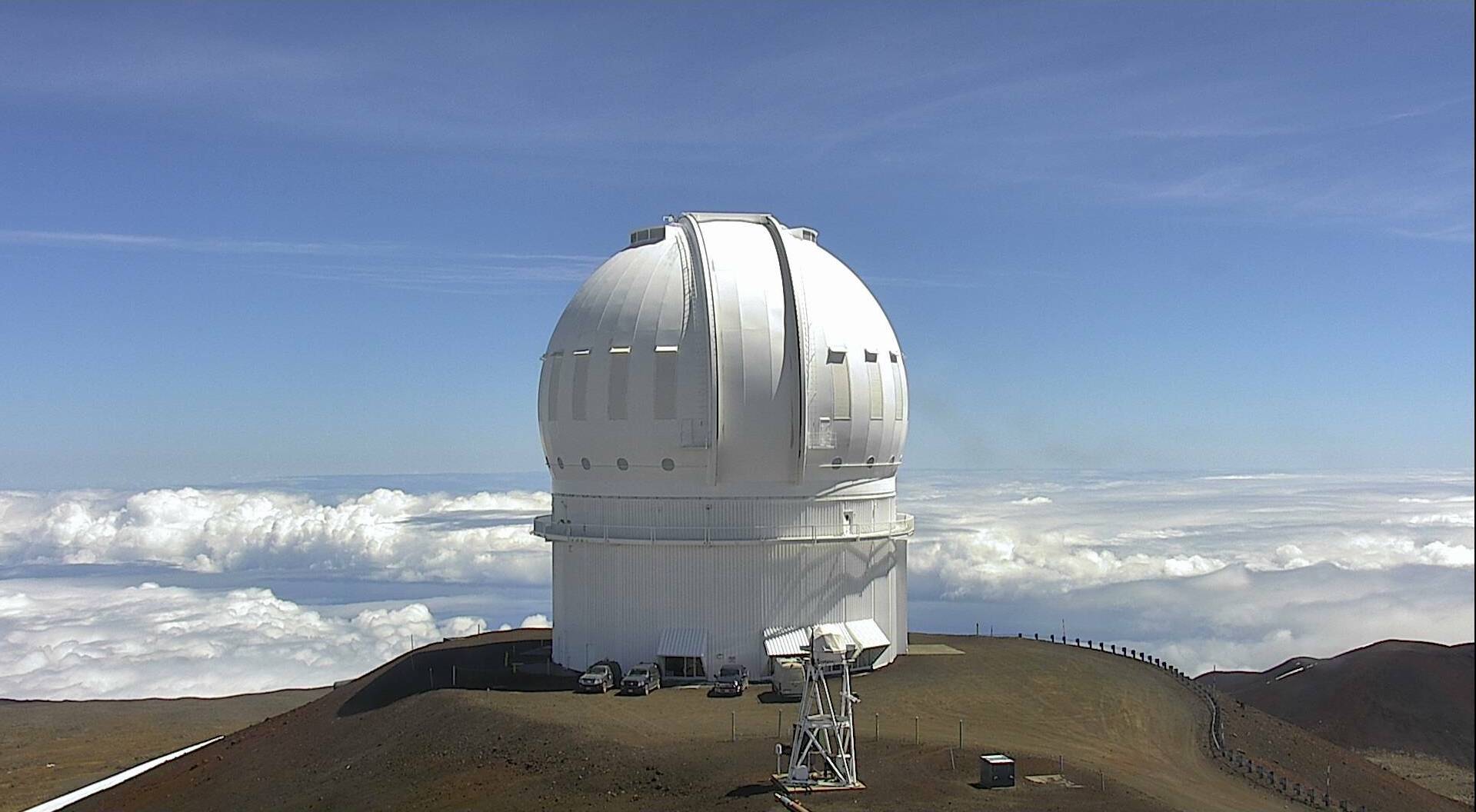Life After Death: Hawai'i Astronomers Find a Planet that Shoulnʻt Exist
The Jupiter-like planet 8 UMi b, officially named Halla, orbits the red giant star Baekdu (8 UMi) at only half the distance separating the Earth and the Sun. Using two Maunakea Observatories on Hawaiʻi Island - W. M. Keck Observatory and Canada-France-Hawaiʻi Telescope (CFHT) - a team of astronomers led by Marc Hon, a NASA Hubble Fellow at UH IfA, has discovered that Halla persists despite the normally perilous evolution of Baekdu. Using observations of Baekdu’s stellar oscillations from NASA’s Transiting Exoplanet Survey Satellite (TESS), they found that the star is burning helium in its core, signaling that it had already expanded enormously into a red giant star once before.
The star would have inflated up to 1.5 times the planet’s orbital distance – engulfing the planet in the process – before shrinking to its current size at only one tenth of that distance.
The study is published in today’s issue of the journal Nature.
“Planetary engulfment has catastrophic consequences for either the planet or the star itself - or both. The fact that Halla has managed to persist in the immediate vicinity of a giant star that would have otherwise engulfed it highlights the planet as an extraordinary survivor,” said Hon, the lead author of the study.
Maunakea Observatories Confirm the Survivor
The planet Halla was discovered in 2015 by a team of astronomers from Korea using the radial velocity method, which measures the periodic movement of a star due to the gravitational tug of the orbiting planet. Following the discovery that the star must at one time have been larger than the planet’s orbit, the IfA team conducted additional observations from 2021-2022 using Keck Observatory’s High-Resolution Echelle Spectrometer (HIRES) and CFHT’s ESPaDOnS instrument. These new data confirmed the planet’s 93-day, nearly circular orbit had remained stable for over a decade and that the radial velocity changes must be due to a planet.
“Together, these observations confirmed the existence of the planet, leaving us with the compelling question of how the planet actually survived,” said IfA astronomer Daniel Huber, second author of the study. “The observations from multiple telescopes on Maunakea was critical in this process.”
Escaping Engulfment
At a distance of 0.46 astronomical units (AU, or the Earth-Sun distance) to its star, the planet Halla resembles ‘warm’ or ‘hot’ Jupiter-like planets that are thought to have started on larger orbits before migrating inward close to their stars. However, in the face of a rapidly evolving host star, such an origin becomes an extremely unlikely survival pathway for planet Halla.
Another theory for the planet’s survival is that it never faced the danger of engulfment. Similar to the famous planet Tatooine from Star Wars, which orbits two suns, the team believes the host star Baekdu may have originally been two stars. A merger of these two stars may have prevented any one of them from expanding sufficiently large enough to engulf the planet.
A third possibility is that Halla is a relative newborn -- that the violent collision between the two stars produced a gas cloud from which the planet formed. In other words, the planet Halla may be a recently-born ‘second generation’ planet.
“Most stars are in binary systems, but we don’t yet fully grasp how planets may form around them. Therefore, it’s plausible that more planets may actually exist around highly evolved stars thanks to binary interactions,” explained Hon.
Life Beyond Death?
As the first known close-in planet around a core-helium burning star, the planet Halla shows that exoplanet discoveries may still surprise us by appearing around stars where they are least expected. The ultimate fate of exoplanets is yet uncertain, but the union between stellar and planetary sciences will continue to shed light on whether death-by-star is a fate truly shared across all planets residing near their suns.
Co-authors on the study include Nicholas Rui and Jim Fuller from Caltech, Dimitri Veras from the University of Warwick, a multinational group of researchers hailing from Italy, Denmark, Turkey, and Australia, as well as astronomers affiliated with the California Planet Search group. Additional co-authors on the study include IfA graduate students Jingwen Zhang and Casey Brinkman, IfA postdoctoral fellows Daniel Hey and Joel Ong, and UH IfA alumni Ashley Chontos, Zachary Claytor, Jamie Tayar, and Lauren Weiss.
Life After Death: Hawaiʻi Astronomers Find a Planet That Shouldn't Exist (1 of 2) from Keck Observatory on Vimeo.
Life After Death: Hawaiʻi Astronomers Find a Planet That Shouldn't Exist (2 of 2) from Keck Observatory on Vimeo
Article Links:
Media Contacts
Christine Matsuda
808-321-2473
Pa'akai Communications
christine@paakaicommunications.org
Mary Beth Laychak
Director of Communications and Community Engagement, Canada-France-Hawai'i Telescope
808-885-3121
laychak@cfht.hawaii.edu





